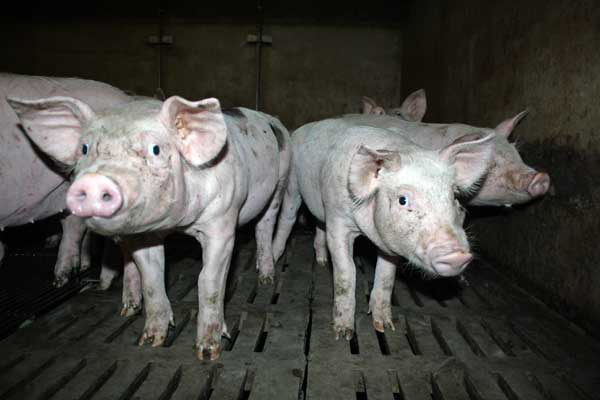Improving productive parameters after weaning

Weaning is a critical event in the life of almost every mammal. In the case of piglets, the challenge has become even bigger due to how prompt and fast it is done in modern intensive swine production.
The piglets have to face a big challenge: the separation of the mother, a change of the environment, the mix with different litters and the change of diet. These factors, among others, cause a big stress in the piglet and neophobia towards the new type of food, resulting in low feed intake rates at weaning (Bruininx et al. 2002).
A higher preference for a certain type of food can help to motivate the piglets to consume solid food, improve the welfare and, therefore, reduce early weight loss and diarrhea incidence (Jarvis et al. 2008). The imprint is an irreversible biological learning by which young animals identify with their elders and learn through imitation and observation. A well formulated flavor could leave through the mother’s diet a future sign to the piglets and help minimise the stress at weaning.
The Animal Nutrition and Welfare Service (SNiBA) performed a trial implementing Fluidarom 1003 in diets during the last third of the gestation, the lactation and the weaning period compared to a control treatment diet. The study showed that the inclusion of Fluidarom 1003 versus the control feed significantly improved the weight gain (ADG +52,98%) and feed intake (ADFI +29,4%) of the piglets during the first week after weaning. With the obtained data, we can conclude that Fluidarom 1003 through the imprinting effect is an efficient tool to minimise the stress and improve the piglets’ productive results.
Source: Norel Animal Nutrition











